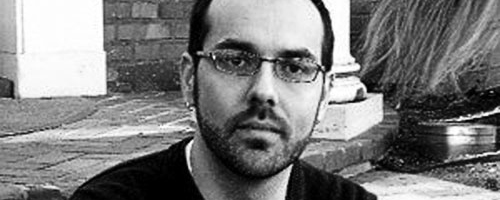When one thinks about recycling, three words often come to mind: reduce, reuse and recycle. At Portland State, a project is underway to help us rethink the parameters of waste reduction efforts. The Waste Reduction Task Force, funded through the Sustainability Leadership Center, is working on constructing a greenhouse made up almost entirely of repurposed waste materials.
Waste Reduction Task Force builds ‘repurposed’ greenhouse
When one thinks about recycling, three words often come to mind: reduce, reuse and recycle.
At Portland State, a project is underway to help us rethink the parameters of waste reduction efforts. The Waste Reduction Task Force, funded through the Sustainability Leadership Center, is working on constructing a greenhouse made up almost entirely of repurposed waste materials.
The project is a part of a larger initiative to reduce waste campus-wide. Currently, PSU’s diversion rate—the rate of waste diverted from landfills—is 34 percent. This means that 66 percent of the waste generated on campus still goes to the dump.
By partnering with the Campus Sustainability Office, PSU Dining and the Village Building Convergence, the task force is hoping to divert even more.
“There are important ways to use waste as a resource,” said Laura Kutner, a graduate assistant for the SLC and founder of the nonprofit organization Trash for Peace.
According to a representative sample conducted by the CSO and Community Environmental Services, PSU generates more than 10,000 pounds of waste in a 24-hour period.
Kutner explained that the greenhouse is an example of the many things that people on campus can do to reduce that number. She added that with a campus-wide waste reduction plan in place, there is the potential to bring the diversion rate up to nearly 85 percent.
In order to reach this potential, a number of reduction efforts will need to be coordinated.
A key component in making this happen, Kutner said, is having the right infrastructure in place. Among other areas with room for improvement, she said, “composting is huge.”
The amount of effort needed to reduce campus waste may seem daunting. However, Kutner stressed that, even though the road may be long, there are plenty of opportunities for the process to be both fun and educational.
The greenhouse project is an informative one, but it also serves as functional art. Efforts toward waste reduction and repurposing on campus will vary, but Kutner described the greenhouse project as “a living representative.”




